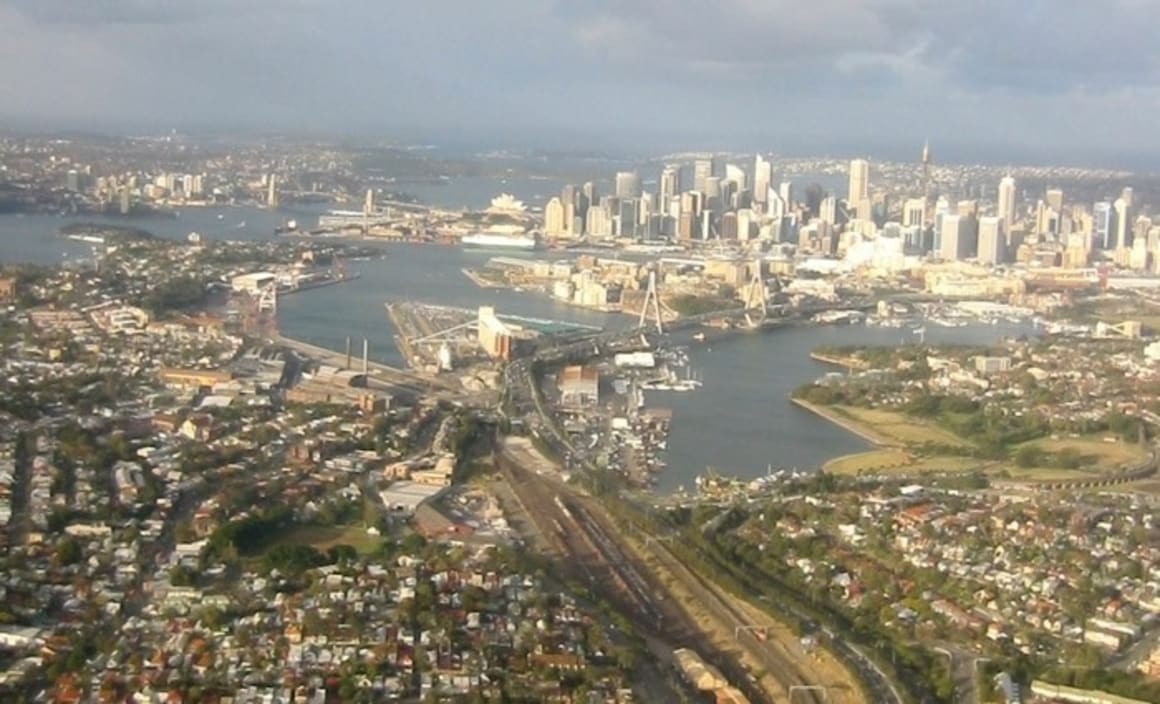The factors that will continue to drive Sydney's prices higher: Peter Chittenden

Sydney’s residential market reflects a trifecta of settings, the seeds of which were sown back in 2002-03 when residential building approvals first started to fall.
Today we have a combination of dynamics characterised by a gap in supply, population growth and cheap money, not only here but also across the world.
There are few ways or policy settings for any of these key market drivers to change, and as a result prices will continue to respond by increasing, and while there are some wider concerns about the local economy that I will visit here, let’s for the time being stay on topic and look at the make up, some history and future trends associated with our trifecta.
Sydney Median House Prices
Sydney’s median house price is clearly heading towards an eye watering $1,000,000, and the rate of increase, although associated prices, have out-paced population growth. In 2011 the median prices was $634,700, and metro Sydney’s population stood around 4,391,674. By the end of 2014 the median price had increased to $873,786 (by some estimates it’s now $1,000,000) and the population 4,657,000.
What we can see is that while the population grew by some 6% over the period, prices increased by 37%.
Population Growth
Population growth continues and between 2006-11 according to the ABS the south-west fringe grew by an estimated 2.9%, and the Inner West by 2.7% – 3.2%.
By 2036 Sydney’s population is predicted to reach 6,140,000 adding some 1,500,000 or 32% over the next 25 years. This growth will see continued demand in the big growth regions in the south and north-west of the metro area but will also see a continued big increase in housing density.
The trend shows that in 2001 15.7% of housing was high-density, but by 2011 that figure had moved close to 21%, led by the City of Sydney at 70.2%.
For the City Of Sydney, as might be expected, that trend is only going to continue. Currently in 2015 its population is around 200,772, and by 2036 the population is expected to increase to 280,964 or an increase of 39.94%.
Sometimes I hear people express surprise that the city’s population is relatively small for a major city, however growth is assured and this is already leading to a demand for a diverse range of city apartments, with clear sub-markets emerging.
It can be expected that the continued emergence of these sub-markets will further drive higher prices as buyers demonstrate a willingness to pay higher prices for premium locations, such as the city’s north.
Supply of New Dwellings
However of the three factors in this discussion, it is the supply of new dwellings that goes a long way to explaining the current pressure on prices, so let’s look at some of the figures to see why.
In 1996-2001 there were 110,000 new dwellings built in Sydney, in 2001-2006 numbers fell to 93,000 and in 2006-2011 numbers continued to fall to just 72,000, and by way of comparison that figure was half of what was built in Melbourne. I think when you look at current prices the beginnings of our under-supply had already been cemented.
A gap in the supply of new dwellings has opened up in the Sydney market since 2001-2002, which was the last time that population growth and the supply of new dwellings was more or less even.
There was a huge gap in 2007-2008 and again in 2008-2009, in both periods population was well in excess of 82,000 and the supply of new dwellings was only at 18-19,000 and ever since supply has not kept pace with population growth.
In 2011-2012 the population grew by 62,500 while only 22,300 new dwellings were approved. And NSW is seeing its population grow again after some slower growth over the last five years, possibly associated with the mining boom in other states.
And while the supply of new dwellings is gaining pace a big gap still remains and to a large degree planning issues for new developments are also hindering a quicker recovery in supply.
Interest Rates
The third factor is cheap money, both here and offshore, only this weekend China’s central bank cut interest rates. The second cut in less than four months. And while domestically this is seen as an aggressive move aimed locally at lifting flagging economic growth, cheaper money in China may well drive more buyers into our local real estate market.
However when the lack of supply and continued strong demand across Sydney is combined with the steep decline in interest rates, the figures are revealing. In 2011, the standard variable home loan rates were near 7.79%. Today in 2015 it is sitting around 4.54% and may even go lower.
I think that the headline figures across the supply gap, the continued growth of our population and the big impact of cheap money all speak volumes about why prices continue to rise.
This then raises questions about the general level of affordability, the potential impact on the market when rates do start to rise again, the sustainability of employment numbers and the further need for tax and economic reform. Each has the potential to impact the market and if all combined the current market dynamics would clearly shift and so these areas will be my next rich source of discussion.